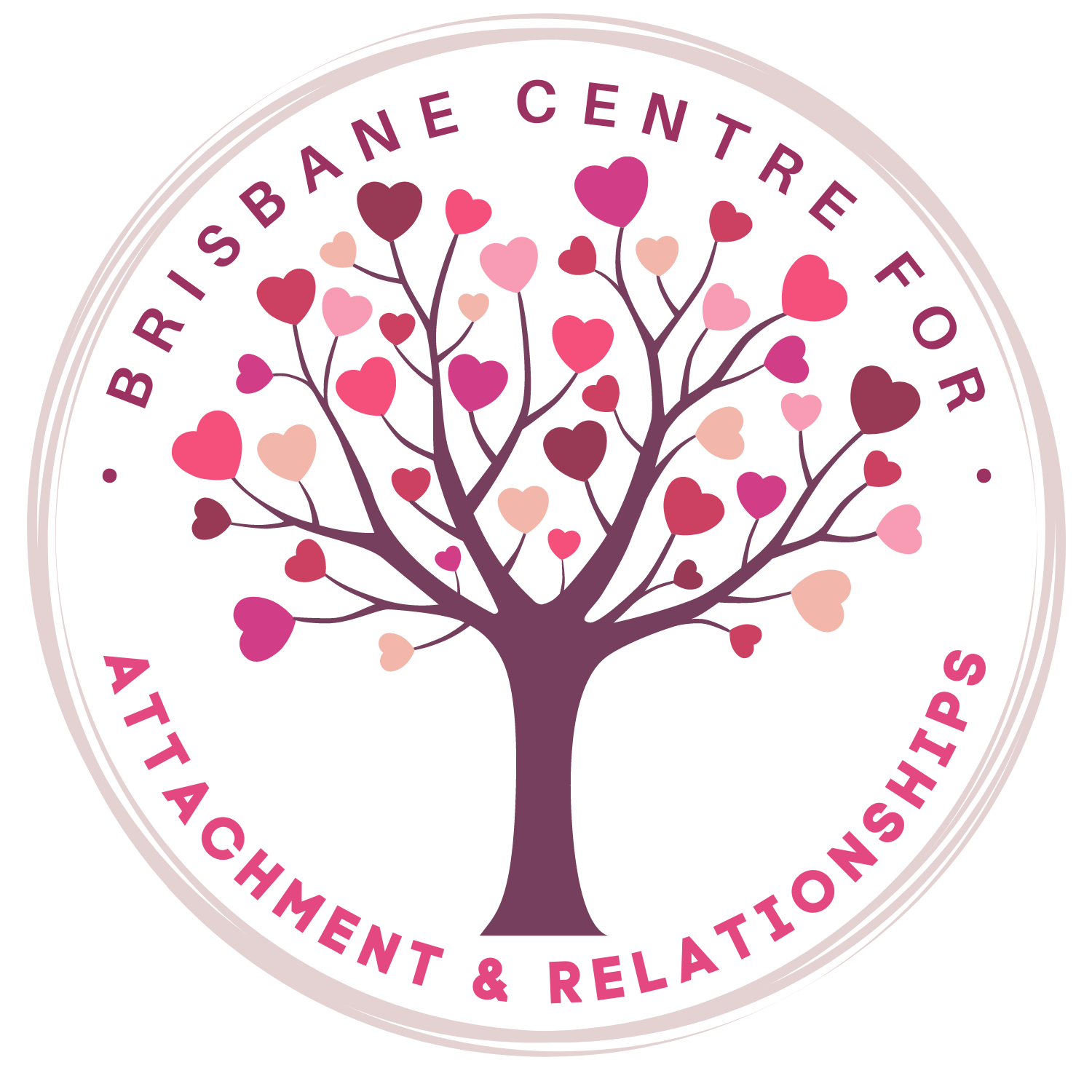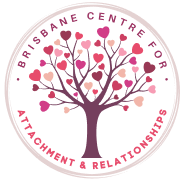As attachment-based therapists, we are all about fostering and developing loving bonds. So, it stands to reason that we can find ourselves in uncomfortable and even shaky territory when we are tasked with helping people to undo attachment bonds. Being with people as they face the wreckage of lost love is hard on our hearts as therapists. Thankfully, Sue Johnson has given us the most beautiful model in Emotionally Focused Therapy (EFT) for being with people as they face challenging life-events and grapple with the formation, maintenance, and loss of attachment bonds. Let’s start by looking at loss and grief and then we will move on to looking at how we help people to process and move through loss and grief.
John Bowlby’s Ideas on Separation & Loss
John Bowlby defined healthy grieving as the successful effort to accept both that a change has occurred in our external world and that we are required to make corresponding changes to our internal, representational world and to reorganise, and perhaps re-orientate, our attachment behaviour accordingly . Bowlby felt that people need to reorganise their inner world in such a way that they no longer seek out the lost love as a safe haven of comfort or secure base for encouragement . This means that there are two important tasks of grieving; to process the pain of the loss and to redefine their loved-one in their mind as no longer being the one they turn to when life gets bumpy. In effect, we are undoing the attachment bond with that special person.
4 Phases of Separation & Loss
Bowlby observed that people generally tend to move through four phases as they process separation and loss:
1. Numbing
The first phase is numbing, which is a short-lived phase of emotional disconnection from the reality of the loss. Periods of numbness might be interrupted by flares of emotion; in a way protectively limiting how much of the truth of the loss the grieving person encounters at a time.
2. Yearning & searching
The second phase is yearning and searching, which Bowlby also called “protest.” This is where someone is driven to search for their lost love, to strive to re-establish the connection, and to prevent similar ruptures from happening again. These galvanizing emotions release energy that is thrown into restoring the bond, which is adaptive when the bond can be restored and maladaptive when it cannot.
3. Disorganisation & despair
The third phase is disorganisation and despair where the reality of the loss and futility of searching is realized, resulting in intense sadness and withdrawal. This is a time of depletion and hopelessness where a person is likely to experience, not only sadness, but a terrible sense of confusion as their world is turned upside down.
4. Reorganisation & detachment
The fourth phase is reorganisation and detachment where the individual can accept the loss and detach from the lost person. This frees them from searching for the other as the solution to their pain and allows them to reconnect with themselves and to begin to establish other attachment bonds . This phase represents a reconnection with the self as well as an opportunity for reflection and growth.
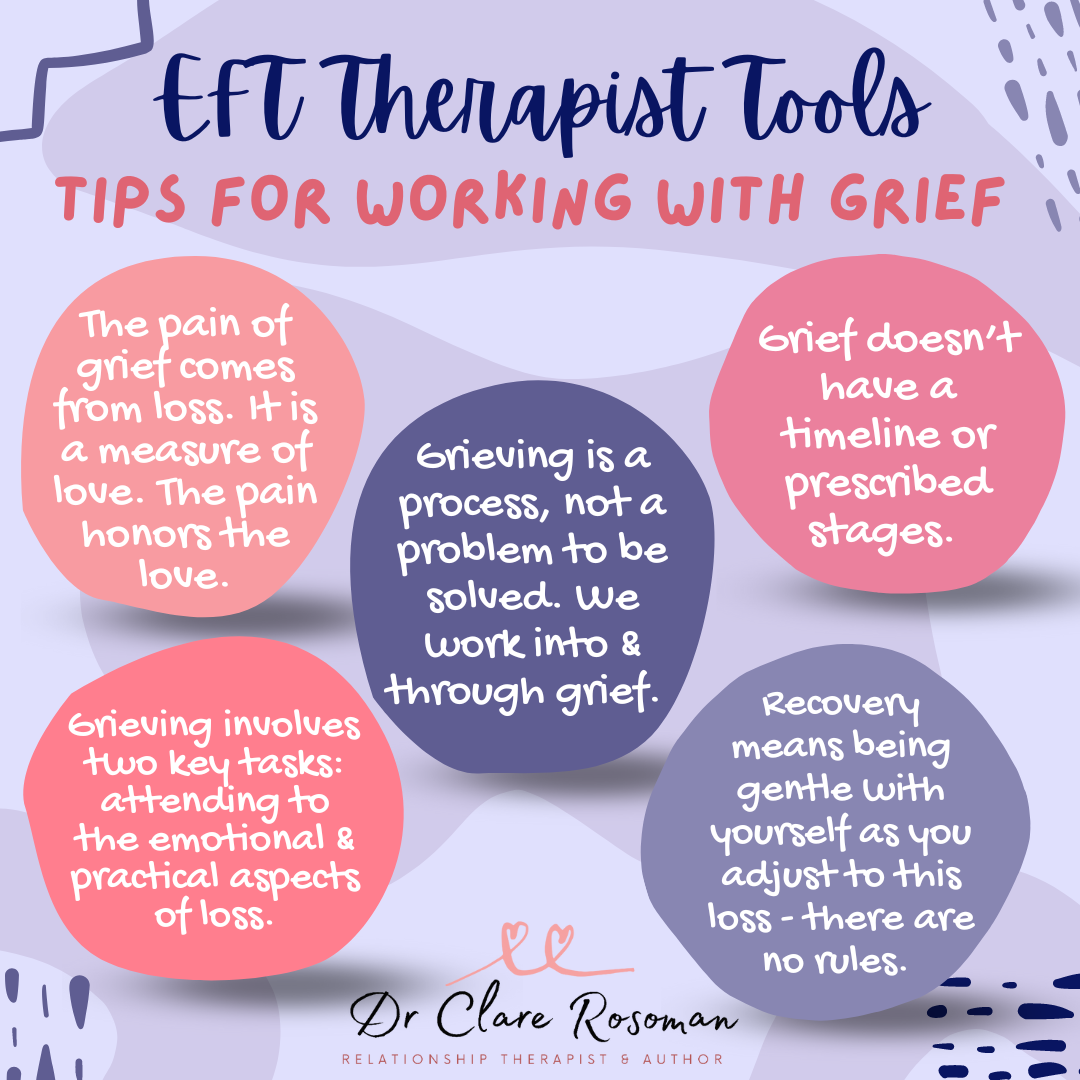

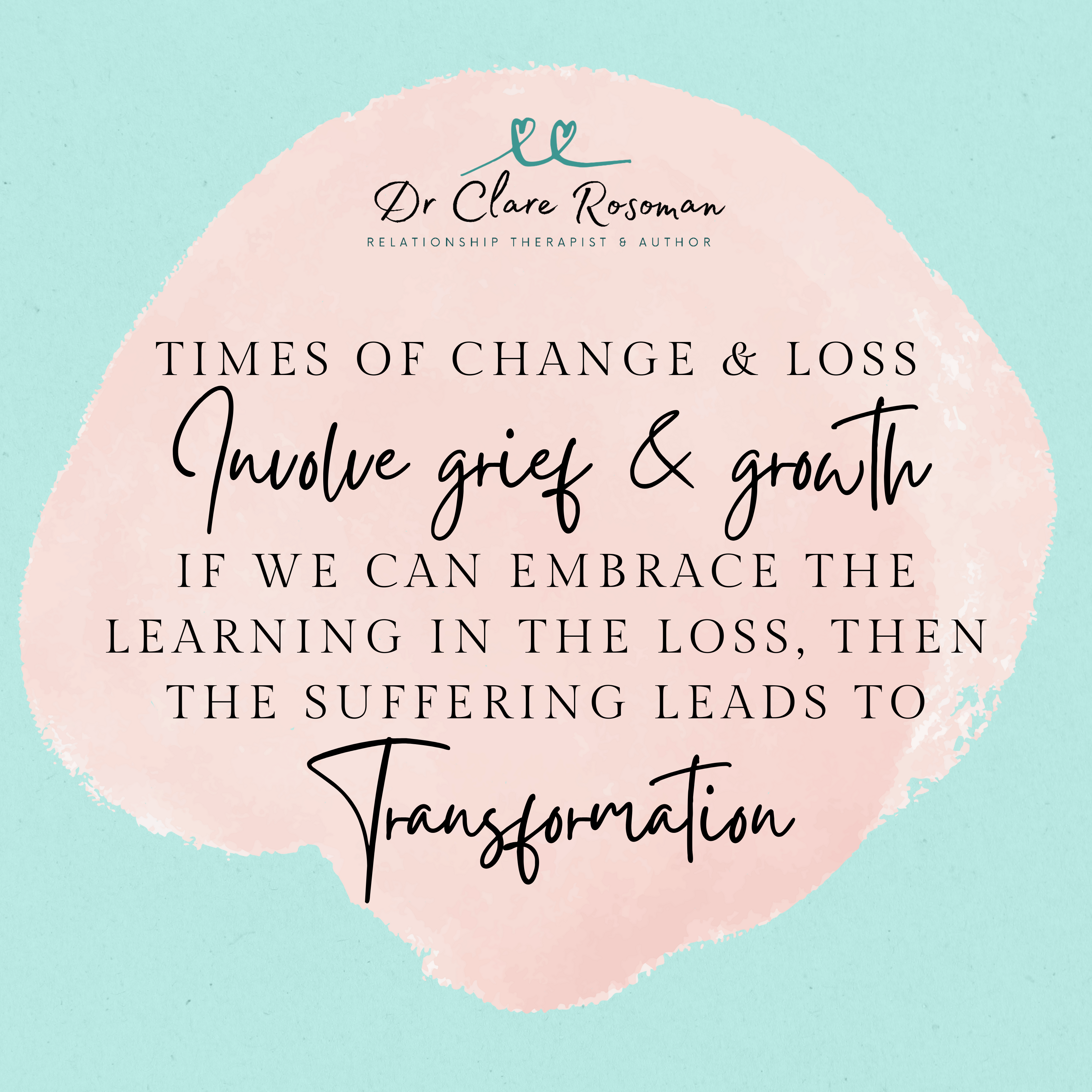
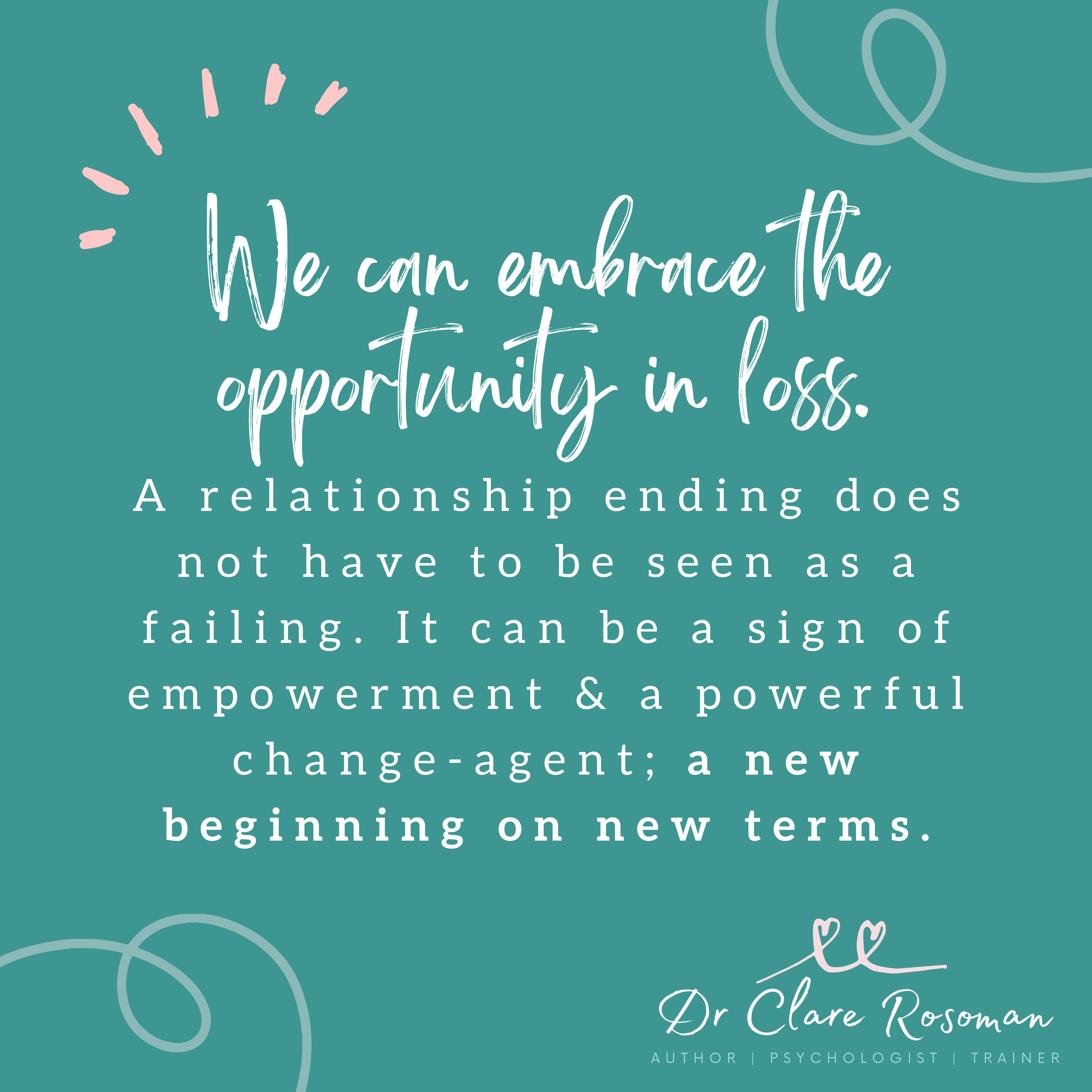
Videos About Loss & Grief
Complicated Grief & Recovery
This short video by Clare Rosoman outlines some of the things that can complicate the grieving process and stall recovery from loss.
Watch videoAttachment Strategies & Loss
This video by Clare outlines the impact of a person’s attachment strategies on how they respond to and recover from loss.
Watch videoWorking Through Grief to Find the Opportunity in Suffering
Tasks of Grief
Coping with a loss of this magnitude involves two important tasks: working through the emotions to extract the meaning in them and managing the emotional pain and dysregulation to restore everyday functioning. Healthy grief is thought to balance these two tasks and to move flexibly between them so that emotions can be attended to, and life-transitioning can be accomplished. This is the Dual Process Model of Coping with Bereavement.
The emotional work of processing the loss includes thinking about the lost partner, reflecting on the relationship and how it ended, remembering the good times, and learning from the not-so-good times, and being with the pain of the loss. The practical work of processing the loss includes coping with day-to-day life and adjusting the practical aspects of your life to the loss. This might involve making decisions about living arrangements, changes to finances, managing co-parenting of any children, changing employment status, or the building of new social connections.
Opportunity in suffering
A life-altering event such as a loss of a close relationship can present a remarkable opportunity for growth through self-reflection, connection to core needs, and re-evaluation of our direction in life. Along with acknowledging the need for loving bonds and honoring the pain associated with the loss of an attachment bond, the pain of loss can help someone to see themselves as an attachment being and to reflect on the lessons they have learned in their earliest attachment relationships.
Grief can help someone to see how early attachment experiences influence how they show up in close relationships, what expectations they bring with them, what feels threatening for them, how they signal their needs, and how they regulate their emotions when activated. When someone can come to understand themselves through an attachment lens, then they can look at their recent lost relationship with new eyes. One of the most amazing opportunities that can come from a life-altering experience such as a loss is the growth that can come from self-reflection and connection to one’s own core needs and values.



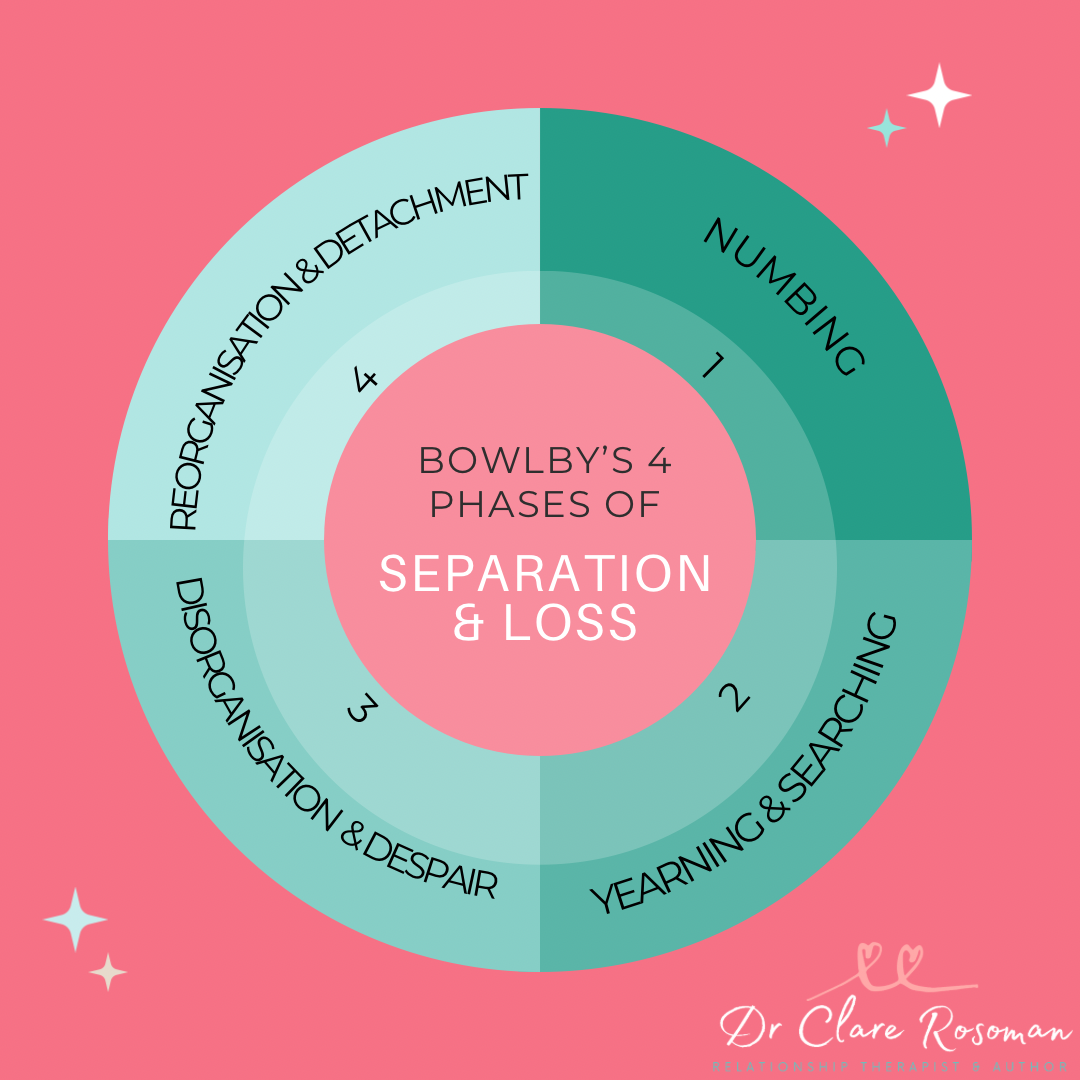
Resources for Loss & Grief
Relationship Loss Info Sheet
Download this information sheet on recovery from the loss of close relationships. It outlines Bowlby’s 4 Phases of Separation and Loss as well out providing a summary of healthy grief.
DOWNLOADClare’s book on Relationship Loss
For more information on the concepts raised in this article please refer to Dr Clare Rosoman’s book An Emotionally Focused Guide to Relationship Loss: Life After Love by Routledge.
Clare’s Book